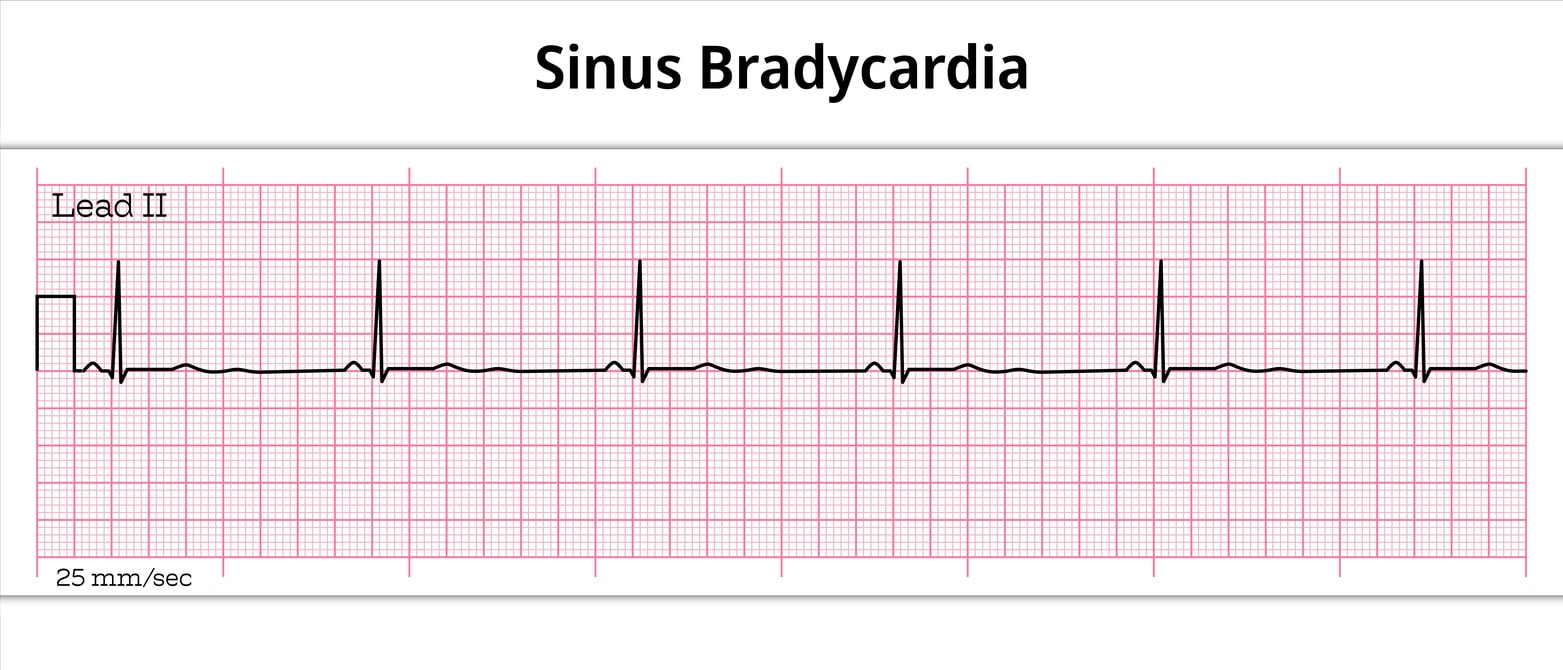

Witnessing an infant choke is a terrifying experience for any parent, guardian, or caregiver. Knowing the correct steps to take can make all the difference in a life-threatening emergency. The American Heart Association (AHA) has developed the Heartsaver Infant Choking Algorithm, a clear, step-by-step procedure designed to help you act quickly and effectively.
By learning this vital skill, you can be prepared to save a life when every second counts.
The Heartsaver Infant Choking Algorithm is a sequence of actions recommended by the American Heart Association for relieving a severe airway obstruction in an infant (a child under one year of age). This procedure is designed for lay rescuers—people who are not healthcare professionals but want to be prepared for emergencies. The algorithm is a crucial component of first-aid and CPR training programs like the AHA’s Heartsaver courses.
Understanding the difference between a mild and severe obstruction is the first critical step.
If you determine an infant is severely choking, you must act immediately. The following steps outline the correct procedure for a responsive infant.
First, quickly assess the infant. Are they unable to cry, cough, or breathe? If you see these signs, you have a severe obstruction. Shout for help. If someone is nearby, tell them to call 911 immediately. If you are alone, do not leave the infant. Begin the choking relief procedure and perform two minutes of care before stopping to call 911 yourself.
To perform back blows, you need to position the infant safely.
Each blow should be a separate, distinct attempt to dislodge the object.
If the back blows do not clear the airway, you must immediately switch to chest thrusts.
Like the back blows, each thrust is a separate attempt to force the object out.
Continue the cycle of 5 back blows followed by 5 chest thrusts until the object is expelled or the infant becomes unresponsive. After each set of back blows and chest thrusts, if the infant is still responsive, quickly look inside their mouth for the object. If you can see the object and can easily remove it with your fingers, do so. Never perform a blind finger sweep, as this could push the object deeper into the airway.
If the infant stops responding, becomes limp, or stops breathing, you must change your approach immediately.
Reading about the Heartsaver Infant Choking Algorithm is an important first step, but hands-on training is essential to build the confidence and muscle memory needed to act effectively in a real emergency. This is where getting certified can make a world of difference.
At Safety Training Seminars, we provide official American Heart Association (AHA) courses, including Heartsaver Pediatric First Aid CPR AED, which covers the infant choking algorithm in detail. Our certified instructors guide you through realistic scenarios using manikins, ensuring you master the techniques for back blows and chest thrusts. As an official AHA Training Center, we offer certification classes for the general public and healthcare providers across more than 70 locations in California. Upon completion of our blended learning course—which includes a short online portion and a brief in-person skills session—you receive your AHA certification card the very same day.
Don’t wait until an emergency happens. Equip yourself with the skills to protect the most vulnerable. Book a certification class with us today and gain the confidence to act when it matters most.